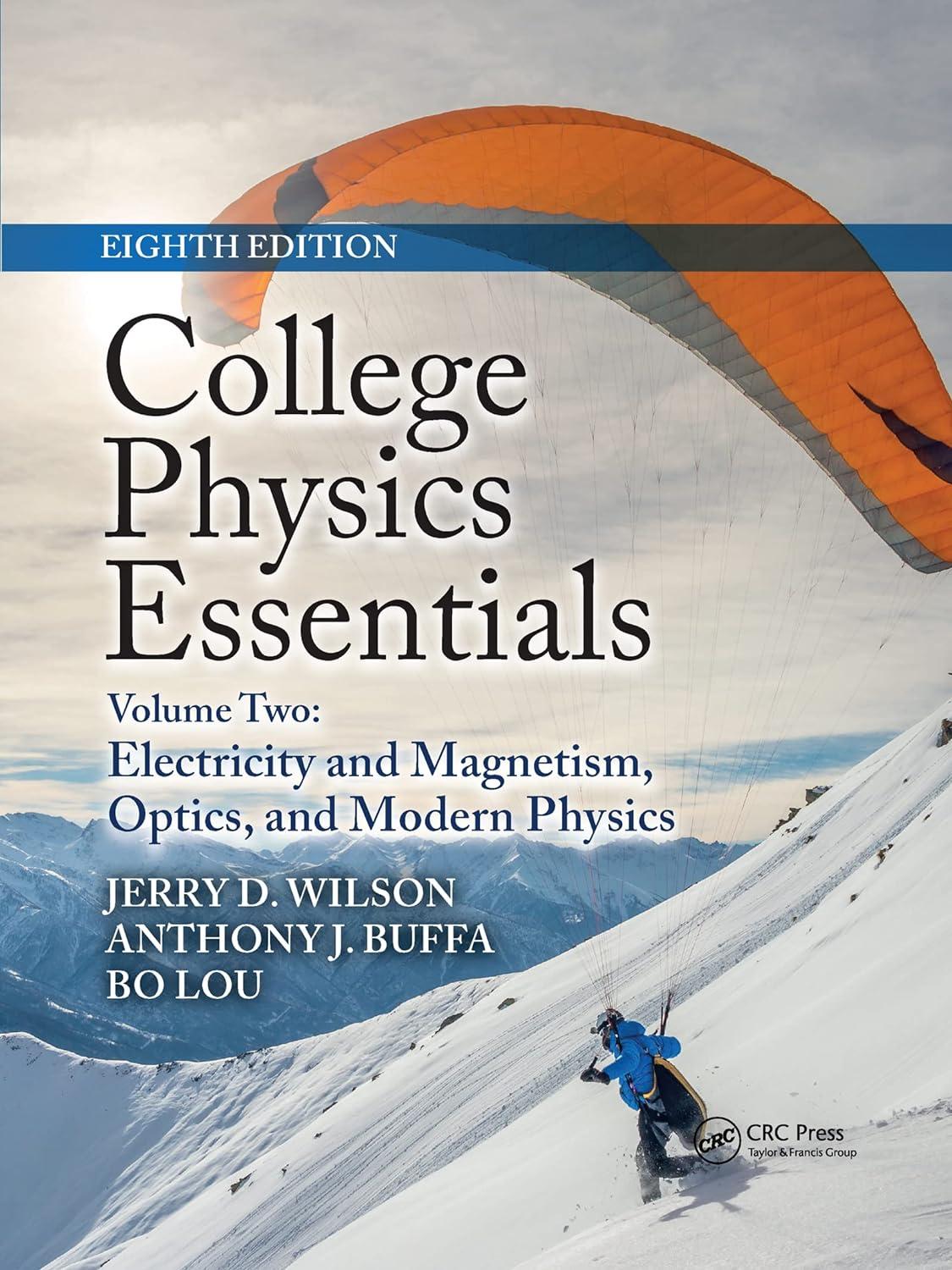A student works three problems involving the addition of two different vectors, (overrightarrow{mathbf{F}}_{1}) and (overrightarrow{mathbf{F}}_{2}). He states
Question:
A student works three problems involving the addition of two different vectors, \(\overrightarrow{\mathbf{F}}_{1}\) and \(\overrightarrow{\mathbf{F}}_{2}\). He states that the magnitudes of the three resultants are given by
(a) \(F_{1}+F_{2}\),
(b) \(F_{1}-F_{2}\), and
(c) \(\sqrt{F_{1}^{2}+F_{2}^{2}}\). Are these results possible? If so, describe the vectors in each case.
Fantastic news! We've Found the answer you've been seeking!
Step by Step Answer:
Related Book For 

College Physics Essentials Electricity And Magnetism Optics Modern Physics Volume Two
ISBN: 9781032337272
8th Edition
Authors: Jerry D. Wilson, Anthony J. Buffa, Bo Lou
Question Posted:






